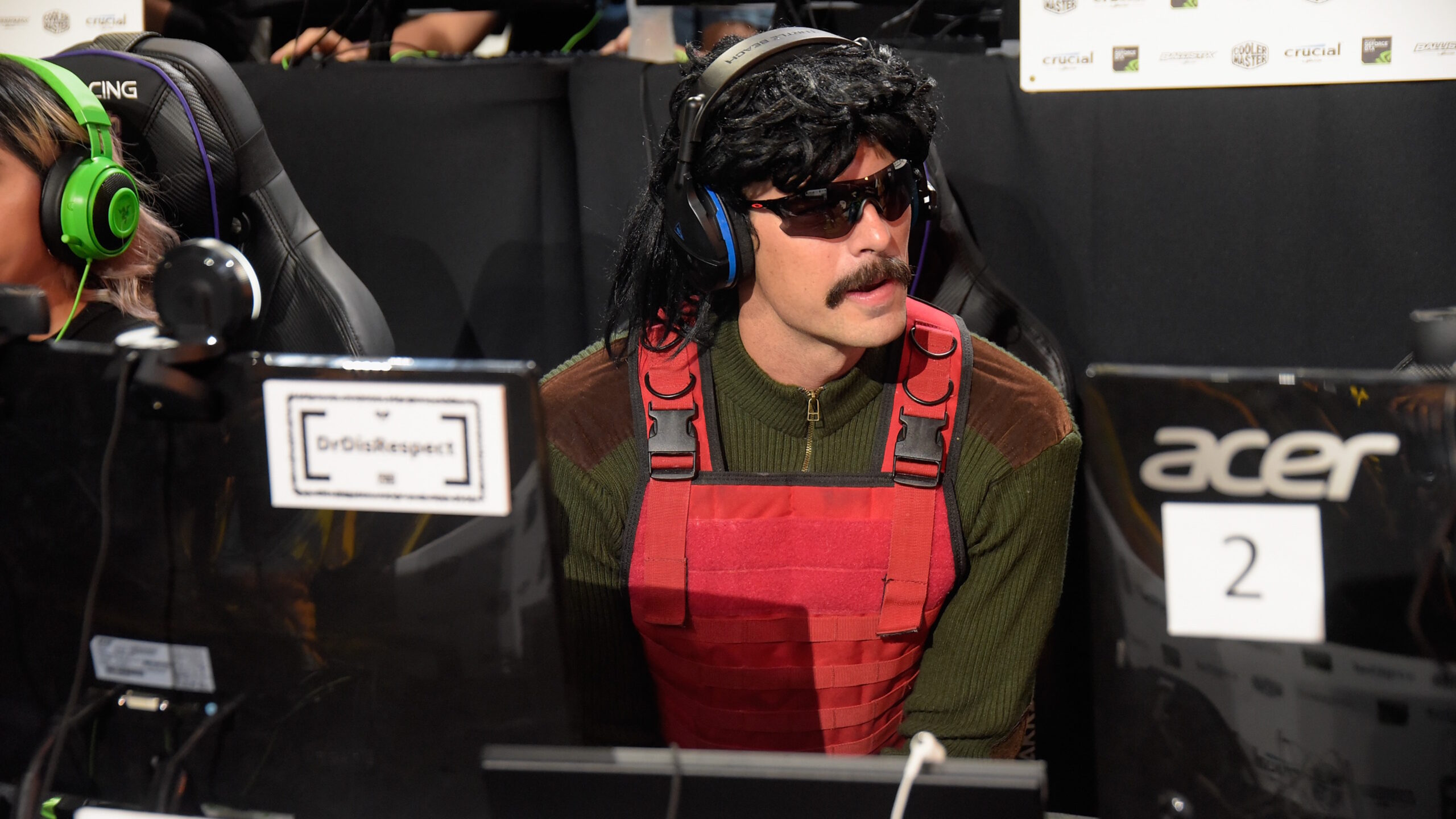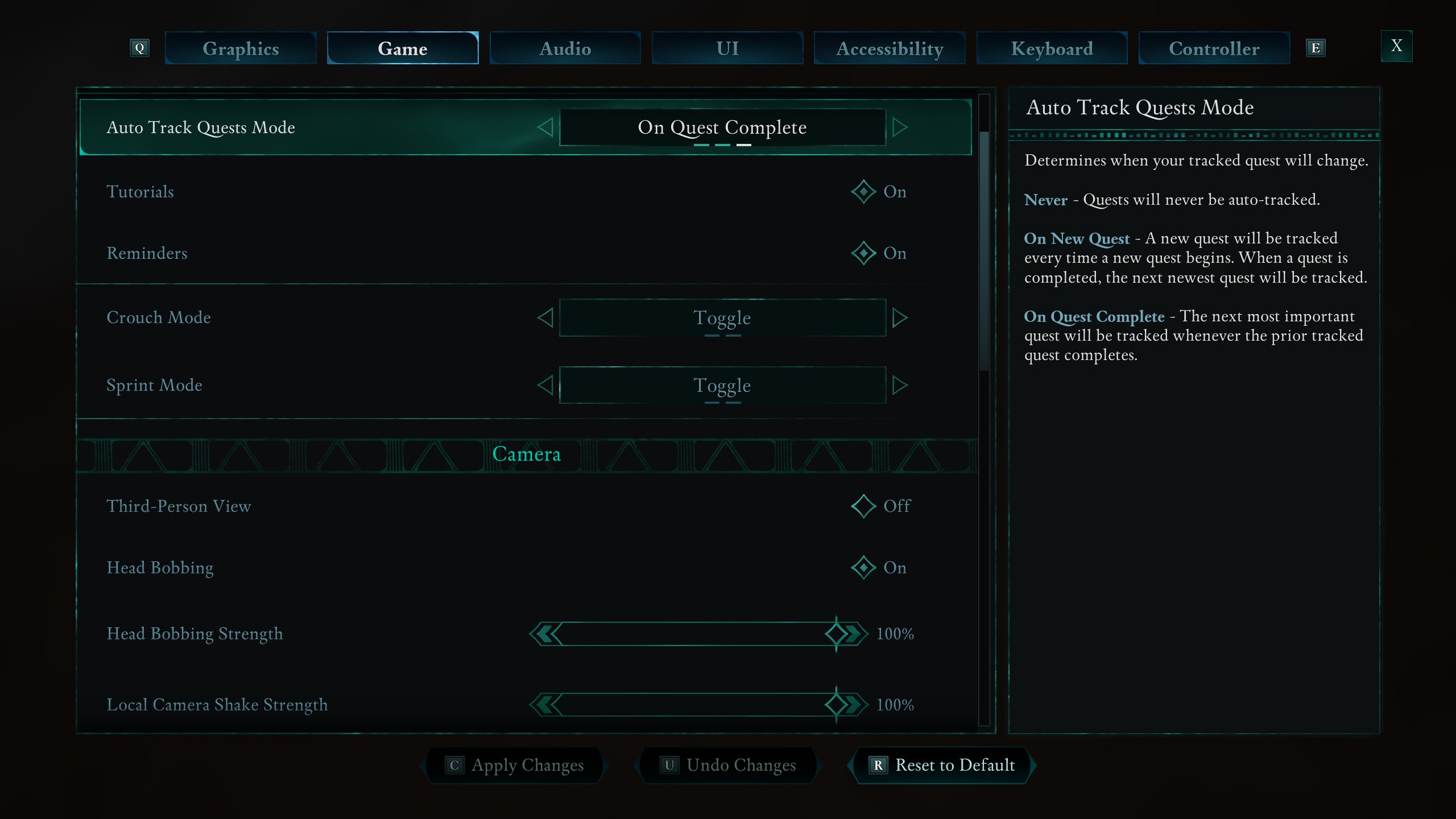
Jacob Fox, hardware writer
This week I’ve been: Hardware nerd by day, philosopher by night, as I’ve been rushing to get my Ph.D. thesis finished for its fast-approaching deadline. Oh, and refreshing Amazon pages for some peripherals and other doodads I’m on the lookout for, ever-hopeful and ever-disappointed by UK deal prices.
It’s been a long time coming but we now have official confirmation of the AMD Ryzen 7 9800X3D, AMD’s first 9000-series 3D V-Cache CPU. We’ve been told all sorts, including core count, clock speed, TDP, and the fact that the processor will sit on its cache rather than donning it like a hat.
Oh, and we’ve been told its price: $479. That’s $30 more than the AMD Ryzen 7 7800X3D went for at launch, but it’s not too bad, especially given it’ll be unlocked for overclocking. It’s especially “not bad”, however, compared to Intel’s Core Ultra 200S Arrow Lake chips.
To put it in context a little, the Intel Core Ultra 9 285K, the flagship CPU spearheading Intel’s Arrow Lake line-up, costs $589, ie, over $100 more than the upcoming 9800X3D. The 9800X3D’s pricing seals the deal, as far as I’m concerned: Intel’s latest chips are straight-up not good enough value for gaming. Which is quite the blunder when you think about it, given AMD’s Zen 5 launch was hardly spectacular.
The 285K’s pricing wouldn’t be such a disaster if it was a great performer—the previous-gen Intel flagships cost more than the 7800X3D, after all—but it isn’t. In Nick’s testing he found it to lag behind the competition in a lot of applications and games (although it does have low power consumption going for it). It not only loses to AMD’s current-gen high-end CPUs, but trades blows with previous-gen Intel ones.
$589 seems a whole lot of money for a whole load of nothing special.
It even performs on par with or worse than the Ryzen 5 7600X in games, and the latter is currently going for $208 on Amazon. Nobody’s going to pick up the 285K for gaming, and given the Core Ultra 5 245K costs $309 and obviously performs even worse than the 285K, nobody’s going to pick that up for gaming either.
Ditto the $395 Core Ultra 7 265K, which arguably fares a little better on the value front but still doesn’t hold a candle to even AMD’s previous-gen offerings such as the 7700X and 7800X3D.
Now AMD’s announced that we’re about to have a sub-$500 next-gen X3D chip that’s capable of being overclocked and has higher clock speeds than the 7800X3D to boot. As far as gaming’s concerned, this looks like a death blow for Arrow Lake. That does depend on AMD’s chip actually being as good as it sounds on paper, though.
And yes, the 7800X3D might look expensive next to the AMD Ryzen 7 9700X, which is currently going for about $312 at Newegg (with promo code BFDDYA55), but there’s always been a surcharge for 3D V-Cache chips. And at any rate, this only serves to bolster the 9000-series in comparison to the Core Ultra 200S-series.
Throw the non-X3D 9000-series prices into the mix and there’s little room left for Arrow Lake at all—certainly not for gaming. Sure, they’re low-power: that’s a genuine boon for Intel’s Lunar Lake mobile processors, but not so much for Arrow Lake ones, because people care less about squeezing every ounce of efficiency out of a desktop CPU.
Now throw the 9800X3D into the mix, too, with a price tag over $100 cheaper than the 285K, and Arrow Lake starts to look a little silly.
Especially considering upgrading means changing your entire platform to use a new socket, whereas at least some gamers will already be using a 9000-series-compatible AM5 motherboard. And even if you’re not already using an AM5 board, you can pick up one for pretty cheap. The cheapest LGA 1851 motherboard for I could find at Amazon, for example, is $180, but you can pick up an AM5 board for as cheap as $70 at Amazon.
If the 9800X3D can remain that much cheaper than Intel’s mediocre flagship and do so with tons of cache for what’s sure to be some pretty impressive gaming performance, and has a cheaper platform cost to boot, what are we meant to conclude about Arrow Lake and its price point?
It’s hard to be interested in processors so mediocre for gaming, especially in light of newer, cheaper, potentially faster options from AMD. Given the somewhat initially disappointing gen-on-gen improvements of the 9000-series—”Zen 5%”, anyone?—the fact that it looks so much more appealing than Arrow Lake really says something against the Intel chips.
The only way the Core Ultra 200S line-up will be a reasonable option for PC gamers is if there are price cuts. And they’ll have to be some pretty significant ones, at that.



